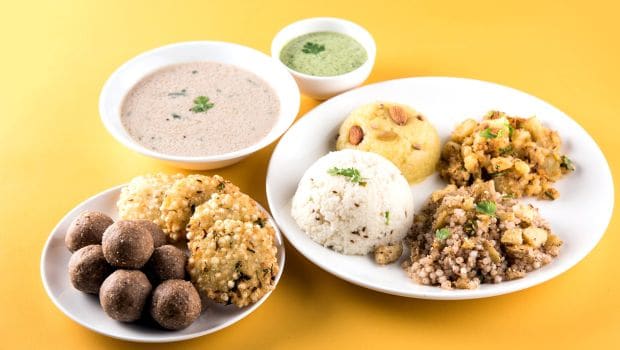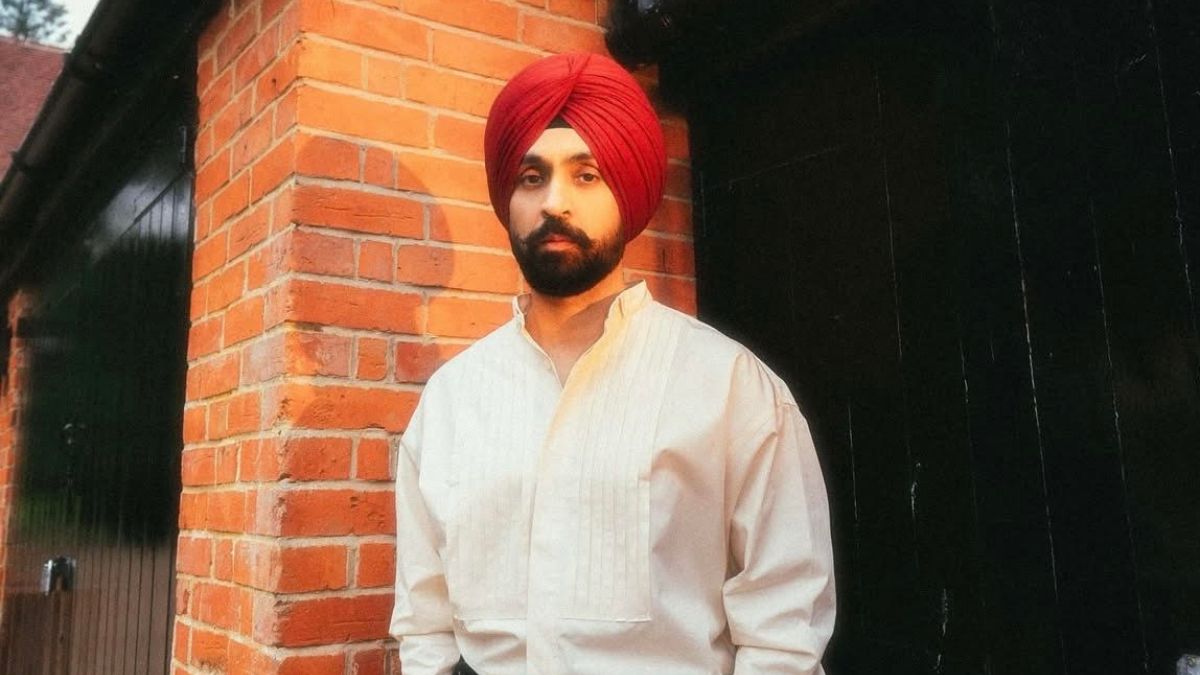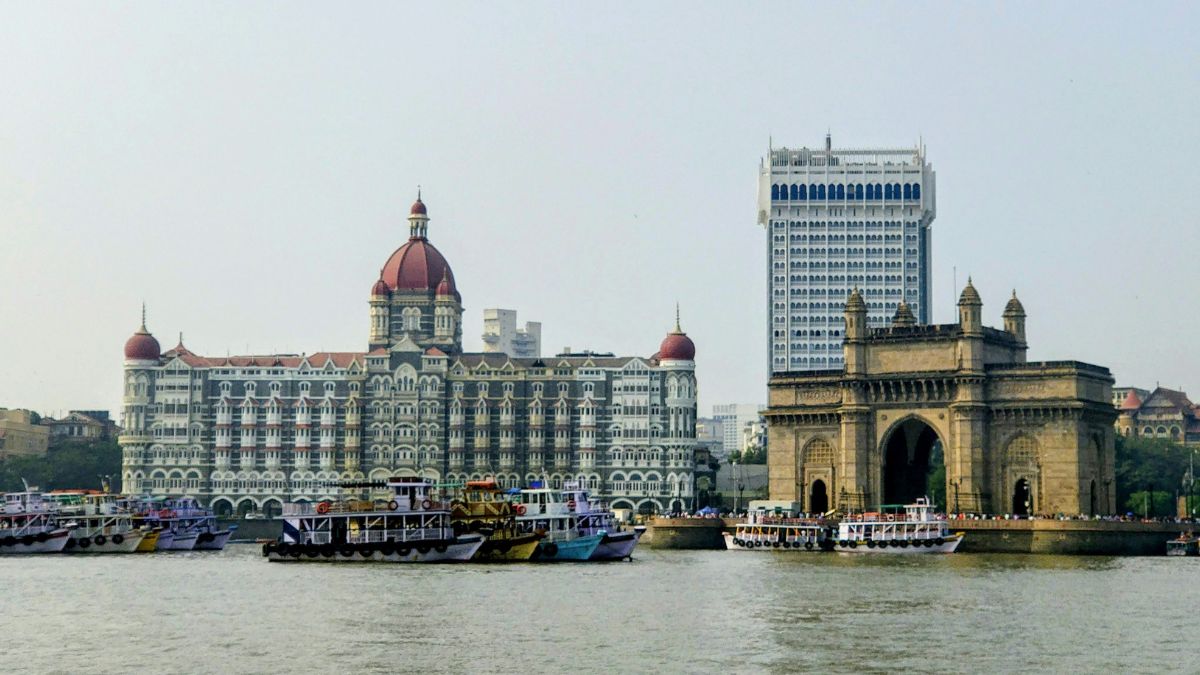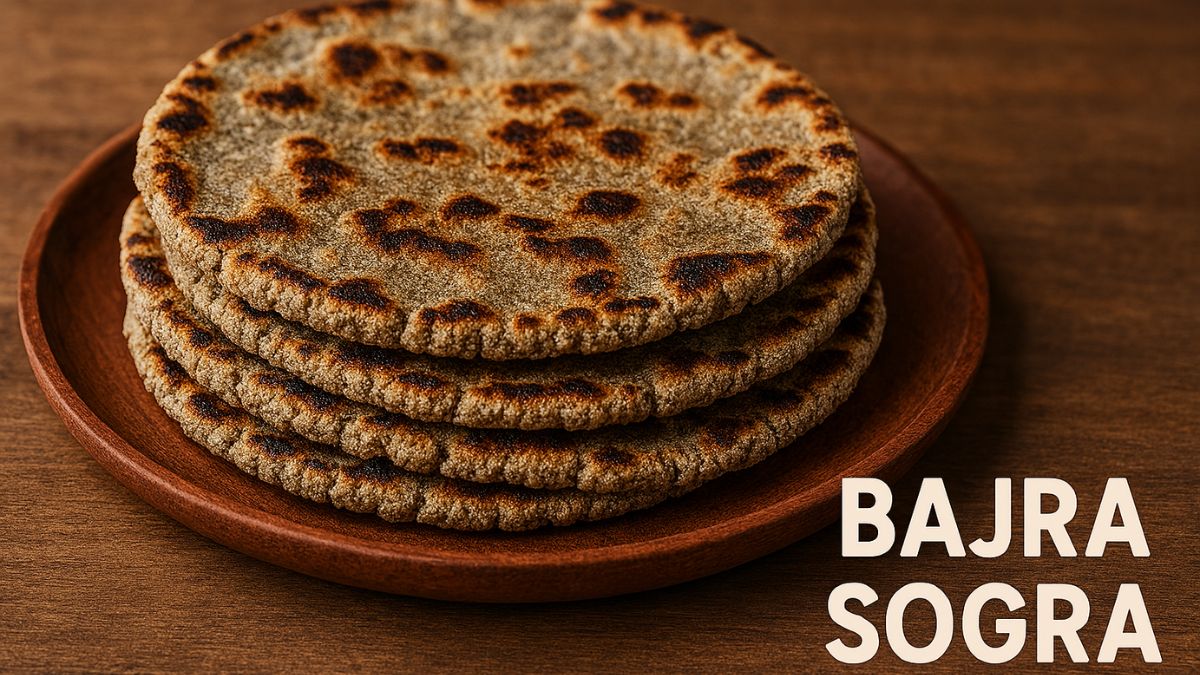The festive season is here again. This year Navratri falls on 25th March 2020 and will go on till 2nd April 2020. Navratri is one of the most significant Hindu festivals. It is a grand occasion especially in parts of Punjab, Gujarat and Maharashtra. Navratri in Sanskrit means nine nights. These nine days of celebrations are dedicated to nine avatars of Goddess Durga (also referred to as Shakti) who is believed to descend from heaven to stay with her devotees for these few auspicious days. Hindu devotees across the country pray to the deity with offerings of different flowers, fruits and prasad. They also clean up their house and wake up early in the morning for daily poojas.
Chaitra Navratri Significance
According to ancient scriptures, there are four types of Navratri in a year but only two of them Chaitra Navratri and Sharad Navratri are celebrated with much pomp and fervour. Sharad Navratri falls around September and October; Chaitra Navratri is a spring affair which is celebrated typically in the month of March and April. Many Hindus refrain from eating non-vegetarian food, drinking alcohol and even quit smoking. They consume light, sattvik food cooked without onion and garlic. The logic behind this fasting has deeper connotations beyond the obvious religious ones. Both Sharad Navratri and Chaitra Navratri are celebrated around season change. During these seasonal transitions our immunity and digestive system tends to weaken a lot, which is why it is advised to eat light during that time. Eating heavy and greasy food during this time may lead to problems like indigestion and flatulence.
(Also Read: 13 Best Navratri Vrat Recipes | Popular Fast Recipes | Easy Vrat Recipes)

As mentioned earlier, since each day is dedicated to nine different forms of Durga, or Nava Durga, the rituals and offerings vary too. The nine forms of Durga are: Shailputri, Brahmacharini, Chandraghanta, Kushmanda, Skandmata, Katyayani, Kaalratri, Mahagauri and Siddhidatri. According to scriptures, Goddess Chandraghanta is offered a prasad of milk and sweets while Goddess Katyayani is given honey and Goddess Kalraatri is offered jaggery or sweets made of jaggery.
(Also Read: Detox This Navratri With Tips From Expert Nutritionist)
Chaitra Navratri concluded on 14th April or Ram Navami. According to legends, Lord Rama, the 7th incarnation of Lord Vishnu, was born on this auspicious day.
Foods For Chaitra Navratri
There are plenty of vrat friendly ingredients you can try to incorporate in your vrat or sattvik diet. Sabudana, kuttu or buckwheat, makhana, ragi, potatoes are some vrat favourites you can experiment with. Among vegetables, sweet potatoes, bottle gourd, potatoes, colocassia, chana can be used to prepare soothing curries. Make sure you keep yourself hydrated this season, so drink a lot of coconut water, thandai and buttermilk throughout the fasting to make sure you have constant inflow of nutrients.






